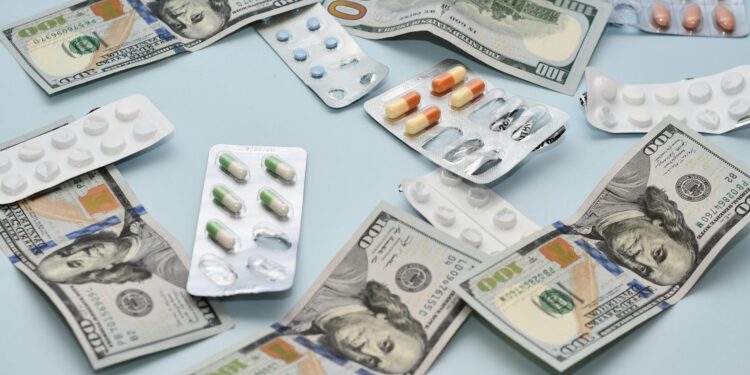In a historic policy shift, Medicare has begun direct negotiations on the prices of 10 widely used prescription drugs, marking a dramatic escalation in the federal government’s involvement in drug pricing. Announced under the Inflation Reduction Act of 2022, this move represents the culmination of decades of political wrangling, economic debate, and public outcry over the rising cost of essential medications.
According to the Centers for Medicare & Medicaid Services (CMS), the selected drugs include treatments for diabetes, heart disease, and autoimmune disorders — conditions that collectively burden millions of Americans and constitute a significant portion of Medicare’s spending. Notably, drugs such as Eliquis (by Bristol Myers Squibb) and Jardiance (by Boehringer Ingelheim and Eli Lilly) are among the first to undergo price renegotiation.
For patients, the promise of lower out-of-pocket costs is a tantalizing prospect. A 2022 Kaiser Family Foundation survey found that nearly one-third of Americans skipped prescriptions due to cost concerns, a reality that underscores the stakes involved. Yet the ultimate impact on access, innovation, and the pharmaceutical landscape is far from straightforward.
From the industry’s perspective, the negotiations are a source of profound unease. The Pharmaceutical Research and Manufacturers of America (PhRMA), the sector’s chief lobbying group, has criticized the measure as a “price-setting scheme” that will “undermine innovation” and “limit future cures.” Analysts at Moody’s have already revised their long-term outlook for the sector, warning of compressed profit margins, particularly for companies heavily reliant on Medicare revenues.
Yet these concerns must be weighed against longstanding criticisms of the pharmaceutical business model. Studies published in Health Affairs and the New England Journal of Medicine suggest that the correlation between high drug prices and innovation is not as linear as industry advocates claim. While some revenue loss is inevitable, evidence points to the possibility that firms could absorb reductions without dramatically curtailing research and development.
Politically, the initiative marks a rare moment of bipartisan resonance — albeit muted and tactical. While the Biden administration heralds the negotiations as a victory for ordinary Americans, even some conservative policymakers acknowledge the untenable trajectory of drug spending. However, the policy remains deeply contested, and legal challenges from pharmaceutical companies loom large, with lawsuits already filed arguing that the negotiation framework constitutes an unconstitutional seizure of private property.
For patients, the benefits will take time to materialize. Final negotiated prices will not take effect until 2026, meaning that immediate relief remains out of reach. Moreover, the program’s scope is initially narrow: just 10 drugs out of thousands. Nonetheless, experts such as Harvard’s Dr. Aaron Kesselheim argue that the program’s symbolic value is immense: “It cracks open the door for further reforms that could finally bring U.S. drug prices closer to international norms.”
In the broader context, Medicare’s pricing negotiations could represent the beginning of a new era — one in which the balance of power shifts, even slightly, away from pharmaceutical conglomerates and towards public health priorities. Whether this shift will endure or trigger unintended consequences remains one of the most consequential healthcare questions of the decade.















